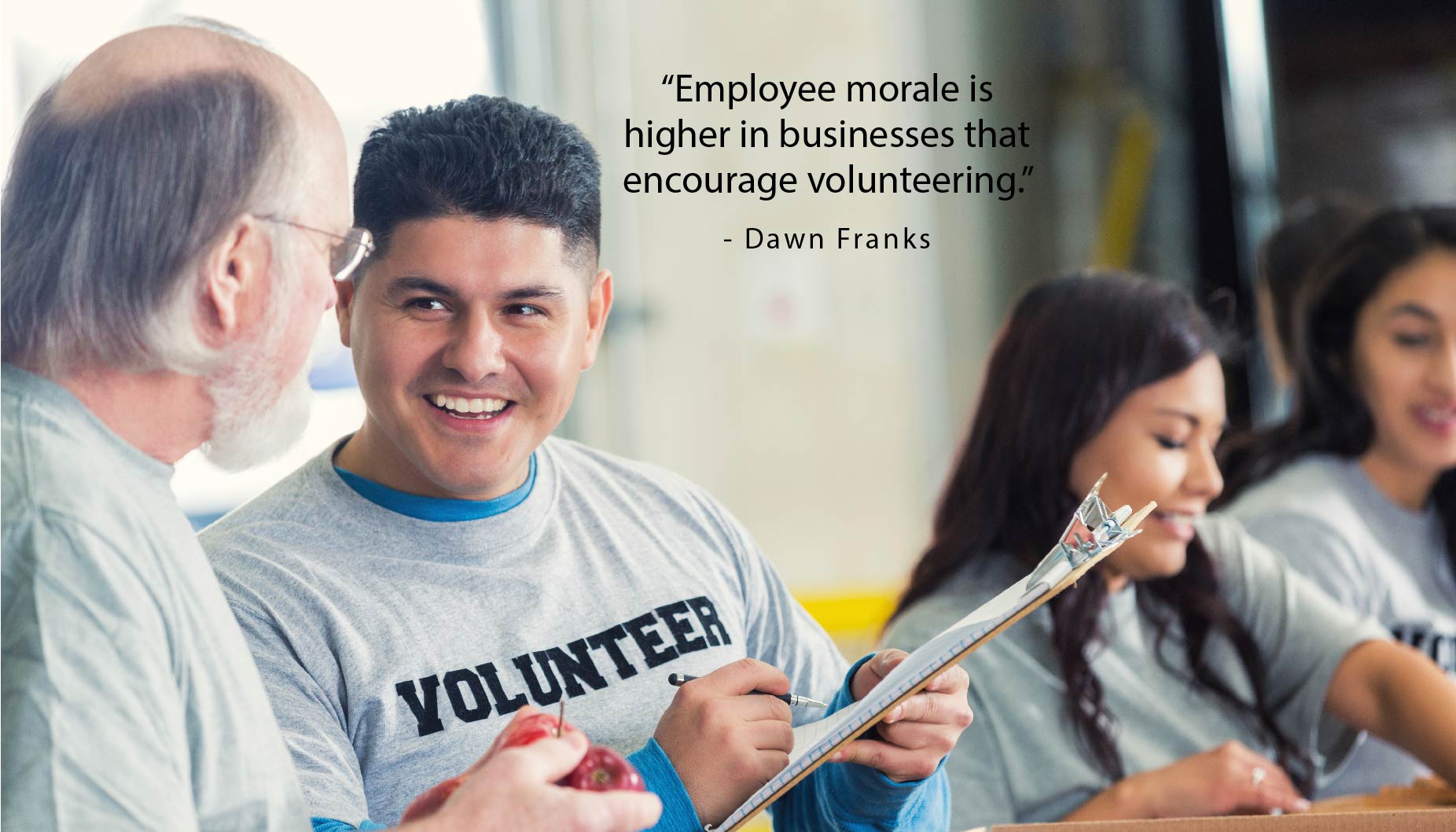From micro loans and businesses to downsizing and tiny homes, small has captured our attention. Small businesses are a staple of any community. According to the Small Business Administration website as big business eliminated jobs small businesses grew adding more than eight million
new jobs.
Mom and pop businesses, small firms and companies make up the main-street of every community. Small businesses benefit from a charitable return on investment just like large companies.
Corporate philanthropy is not new. Companies around the world experience the benefits of corporate philanthropy and a return on their investment. Charities value these partnerships benefiting just as much as the company. A quick check of the Giving USA 2015 report reveals business donated $17.7 billion in 2014. That’s a lot of cash and donated products; it’s an important partnership.
Let’s get back to Main Street USA and how your small business can benefit from the ROI of charitable giving. It comes in many forms.
Ideas to create your own small business philanthropy ROI
Employees Care
A considerable amount of research reports that employee morale is higher in businesses that encourage volunteering. Employees report a stronger connection to companies that engage in company sponsored volunteering. Ask your employees what causes they care about and where they’d like to volunteer. In the case of very small businesses divide into several small groups alternating times away from the business to do projects at a charity and spread it out over weeks, or months. Focus on projects a small group can begin and complete in a day for the best outcomes.
Establish a “Dollars for Doing” program. Determine a contribution amount ($50, $100, $500) up to a limit per employee that you will make toward the employee’s charity of choice for volunteering a certain number of hours at that charity.
Allow employees to serve as board members of favorite charities. Support time away from the business in the form of a longer lunch to cover travel time to and from the meeting.
Engage the Next Generation
Millennials, those born after 1979, have brought their own brand of engagement to the companies where they work. A 2014 study by The Case Foundation indicated that fifty-five percent of millennials said a company’s involvement in charitable causes impacted their decision of where to work. Millennials have been telling us for some time they prefer to work for businesses that are making a difference.
Lead in Your Community
Giving back creates visibility for your small business. It’s a soft marketing strategy that keeps your name in front of consumers. If your business focuses on business to business sales look for ways to make an impact in your industry. Join together and sponsor a fundraiser event. Offer pro-bono services or your expertise to assist an organization with an issue they face. Go beyond just cash and donate goods and services. The value of such investments is often immeasurable.
In the last twenty years the concept of a triple bottom line has emerged to include a company’s impact on “people, planet and profit.” Coined by John Elkington in the 1990’s, it has spawned an index with complex measurements that only the largest companies can measure. It is generally defined as strong communities and a healthy environment combined
with profitability.
I boil it down to a robust community, a healthy place to live and businesses that are profitable and give back. Is it measurable? Not in numbers, but in the intangible way people feel about where they live, work and play.
Would you like to learn more about philanthropy ROI for your business? Contact me.


0 Comments